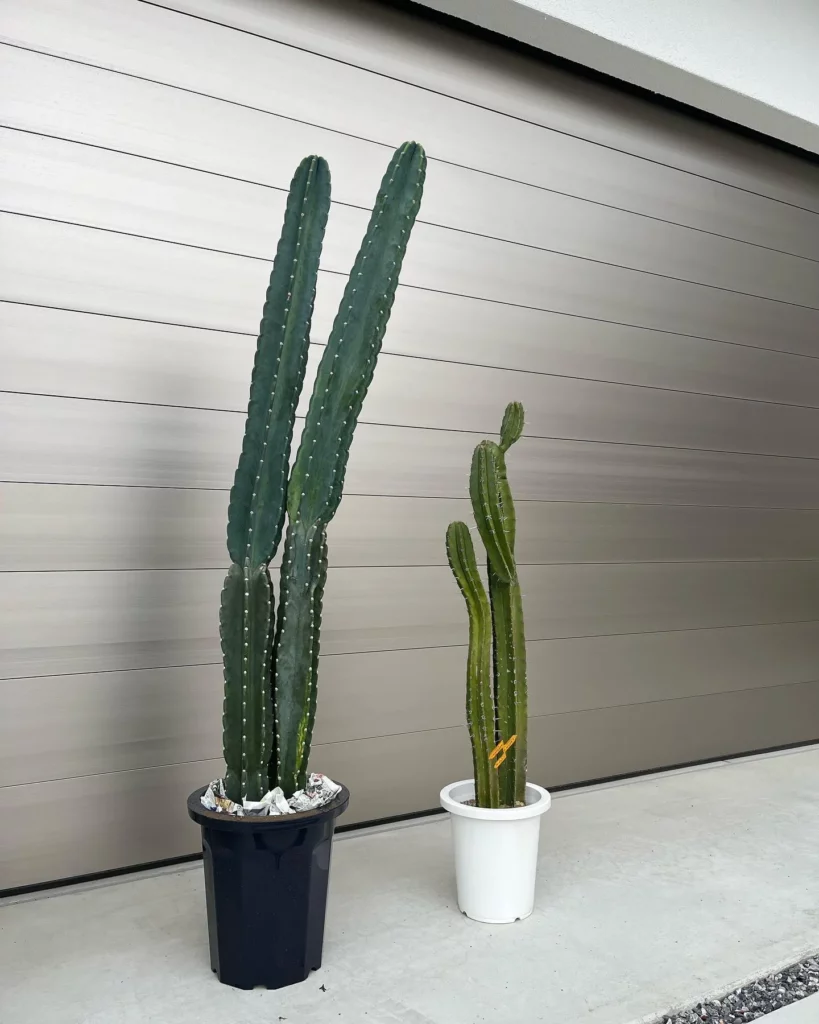Welcome to my shortleaf aloe care guide! If you’re a fan of unique and low-maintenance plants, you’re in for a treat. Shortleaf aloe, also known as crocodile plant, is a small succulent with thick, triangular leaves that grow in a rosette formation. It’s perfect for small spaces, whether you want to grow it in a container indoors or in your garden.
Key Takeaways:
- Shortleaf aloe, also known as crocodile plant, is a low-maintenance and unique succulent.
- It’s ideal for small spaces and can be grown in containers or gardens.
- Shortleaf aloe thrives in full to partial sun, preferring 6-8 hours of bright light every day.
- The “soak and dry” watering method is best for shortleaf aloe, avoiding overwatering.
Overview of Shortleaf Aloe
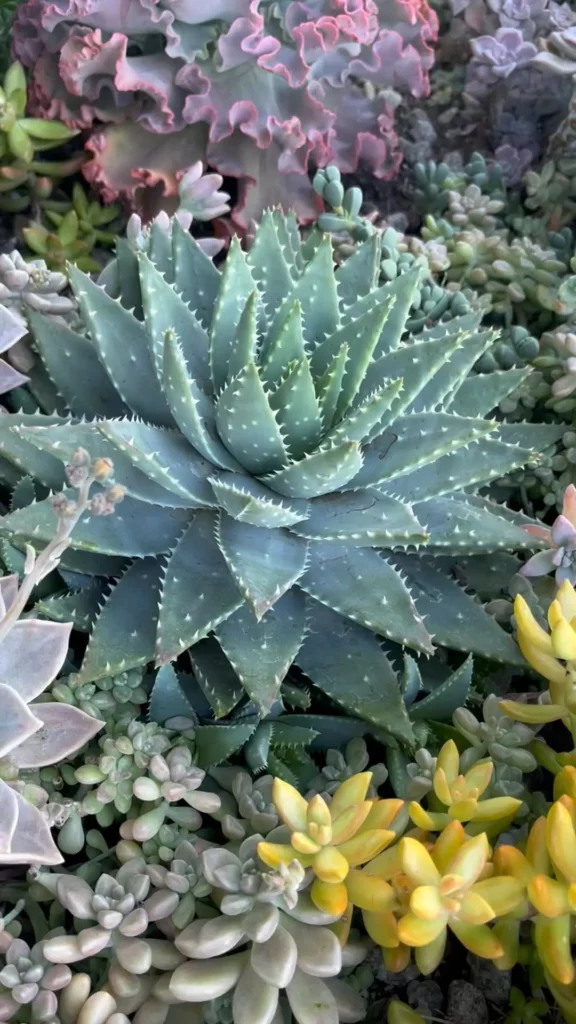
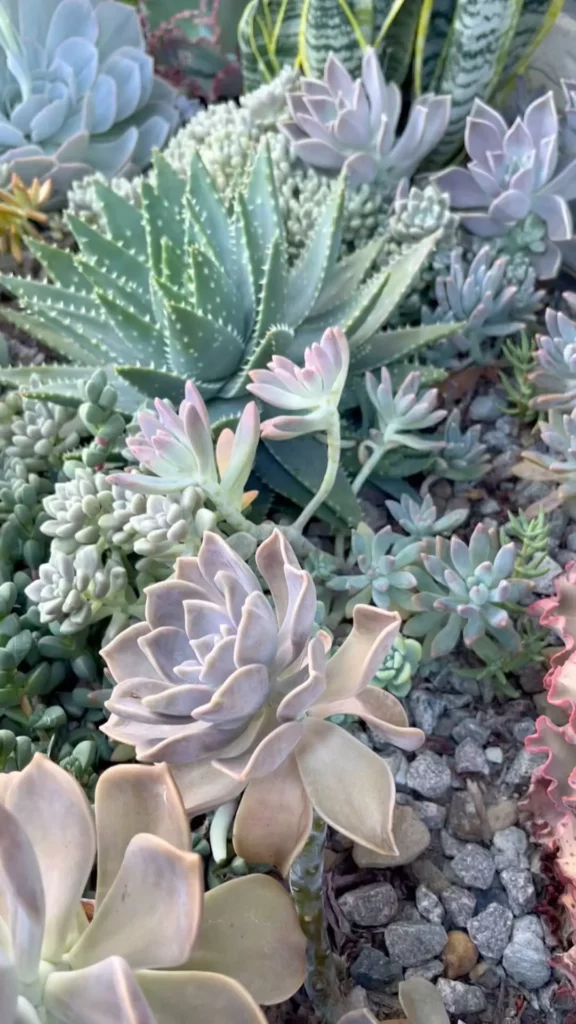
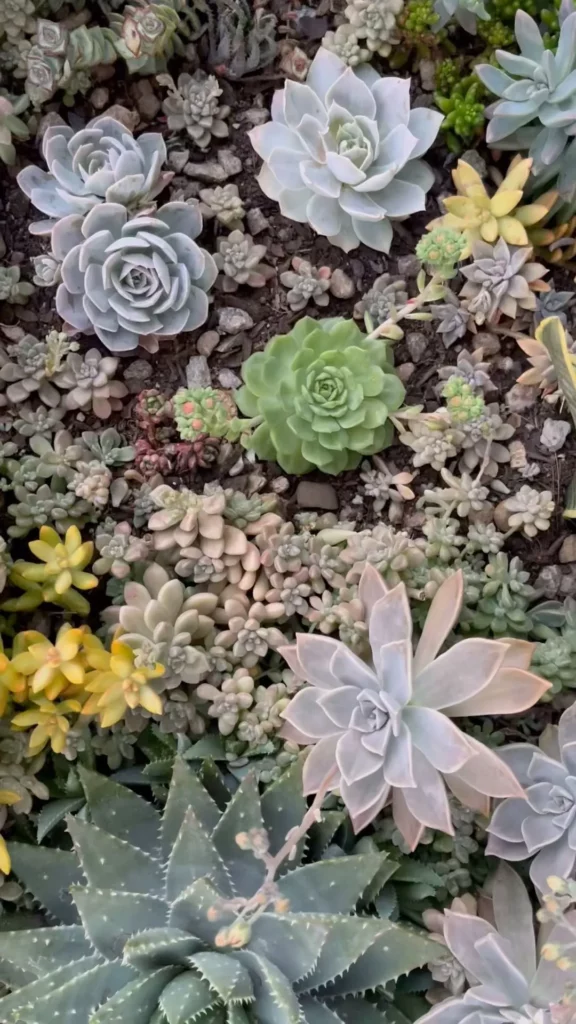
The Shortleaf Aloe, also known as the dwarf aloe or Aloe brevifolia, is a charming succulent that adds a touch of beauty to any space. This small plant grows to less than a foot tall and features glaucous green, blue, and gray leaves with soft spikes along the edges, resembling the teeth of a crocodile.
Perfect for rock gardens and xeriscaping, Shortleaf Aloe thrives in zones 9-11 and attracts birds, bees, and butterflies with its tall, red-orange flowers in late spring. It is a hardy plant that can withstand the elements and is ideal for those looking to add a unique touch to their outdoor space.
Growth and Appearance
- Height: Less than a foot tall
- Leaves: Glaucous green, blue, and gray with soft spikes
- Flowers: Tall, red-orange flowers in late spring
- Clumping Habit: Forms rosettes and can create large clusters
Best Growing Conditions
Shortleaf Aloe thrives in full to partial sun, preferring 6-8 hours of bright light every day. It can tolerate partial shade, but it grows best in direct sunlight. When moving the plant to a new location, it should be acclimated to the light gradually to prevent shock.
This dwarf aloe is a drought-tolerant plant and does well in well-draining soil. It can handle periods of dryness, but it’s essential to water it deeply when it does need moisture. The “soak and dry” method is recommended, where the plant is given a deep drink and then allowed to dry out completely before watering again.
With its unique appearance and low-maintenance nature, the Shortleaf Aloe is an excellent choice for both beginner and experienced gardeners. Whether you’re looking to add it to your rock garden, xeriscape, or even indoor collection, this small succulent is sure to bring joy and beauty to your space.
Light Requirements for Shortleaf Aloe

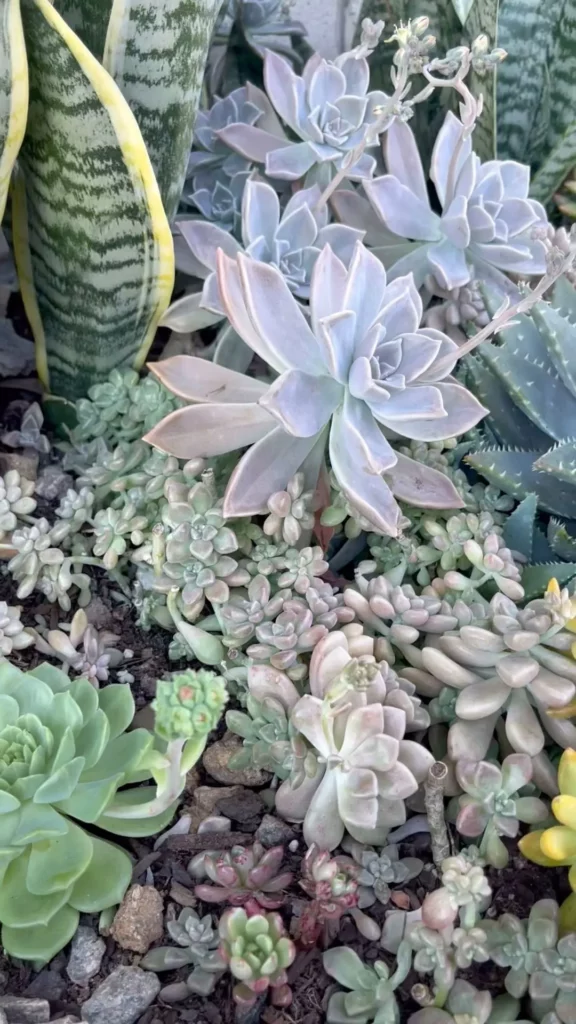
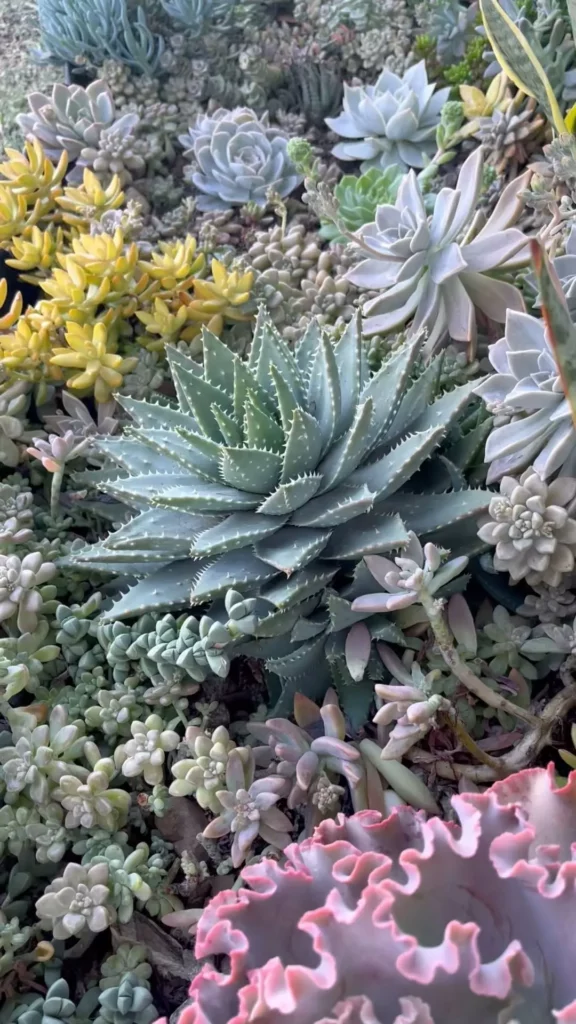
Light is an essential element for the healthy growth of Shortleaf Aloe. This unique succulent thrives in full to partial sun, preferably receiving 6-8 hours of bright light every day. While it can tolerate some shade, it truly flourishes in direct sunlight. When relocating your Shortleaf Aloe, it’s important to acclimate it gradually to the new light conditions.
Insufficient light can have adverse effects on the plant, causing its leaves to turn yellow or become thin and stretched out. To avoid this, ensure your Shortleaf Aloe receives adequate light by placing it in a sunny location, such as a south-facing window or outdoor spot with plenty of sunlight.
- Place the plant in full to partial sun, with 6-8 hours of bright light daily
- Gradually acclimate the plant when moving it to a new location
- Avoid inadequate light, which can cause yellowing and stretching of leaves
Watering Shortleaf Aloe
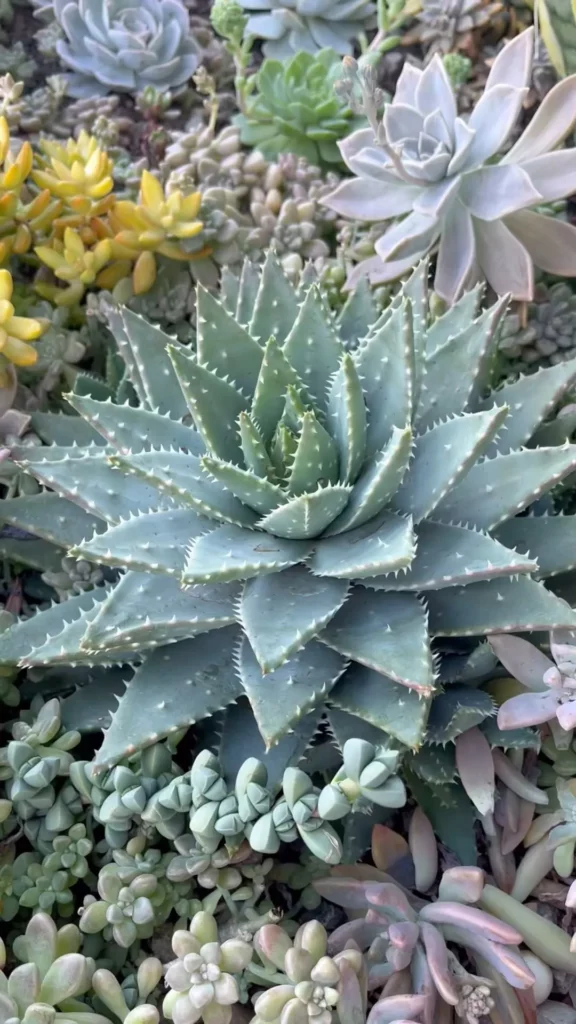
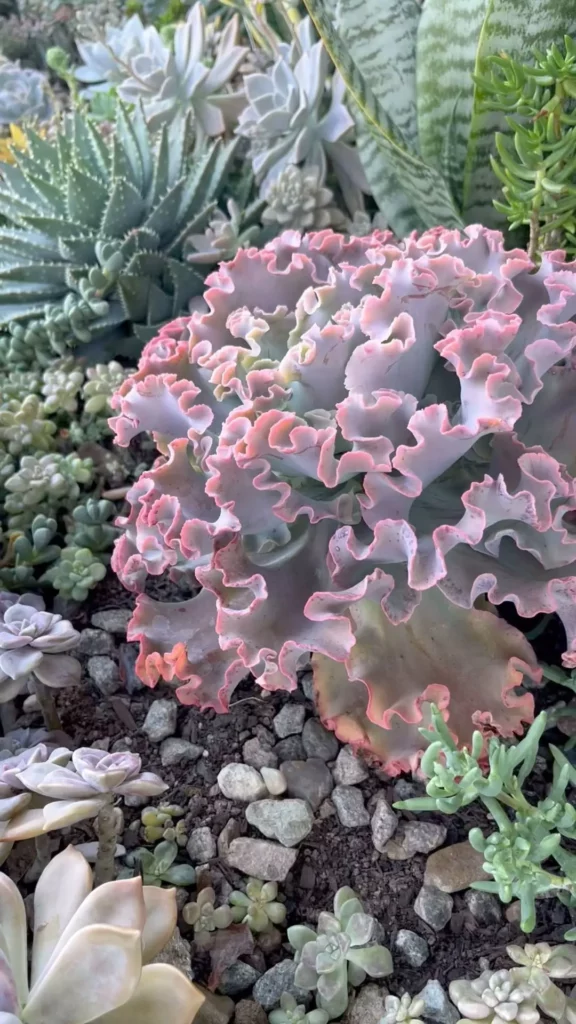
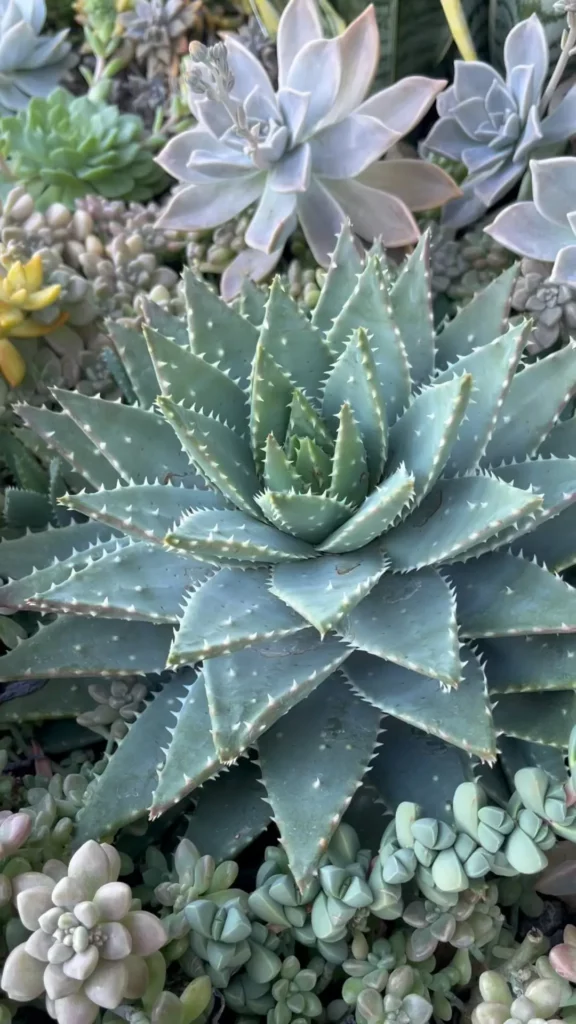
Proper watering is crucial for the health and well-being of Shortleaf Aloe. This succulent has adapted to arid conditions and is capable of storing water in its leaves, making it drought-tolerant. To ensure optimal growth and prevent issues like yellowing or root rot, it is important to follow the “soak and dry” watering method.
Soak and Dry Method:
- Thoroughly water the plant until water drains out of the drainage holes in the pot.
- Allow the soil to dry out completely before watering again. This ensures that the roots have enough time to absorb water and prevents overwatering.
- During the active growing season (spring and fall), water every 2-3 weeks. Adjust the frequency based on environmental conditions and the moisture level of the soil.
- During the winter and summer months, when the plant is dormant, reduce watering to once a month or less to prevent waterlogged soil.
Signs of Underwatering and Overwatering:
Underwatering: If you notice shriveled or wrinkled leaves, it may indicate that your Shortleaf Aloe is not getting enough water. Increase the frequency of watering but make sure not to overcompensate and water excessively.
Overwatering: Yellowing leaves that appear mushy or translucent can be a sign of overwatering. Additionally, if you notice a foul smell coming from the soil or the plant starts to wilt, it may be experiencing root rot. In such cases, reduce watering and allow the soil to dry out completely before watering again.
Potting Shortleaf Aloe
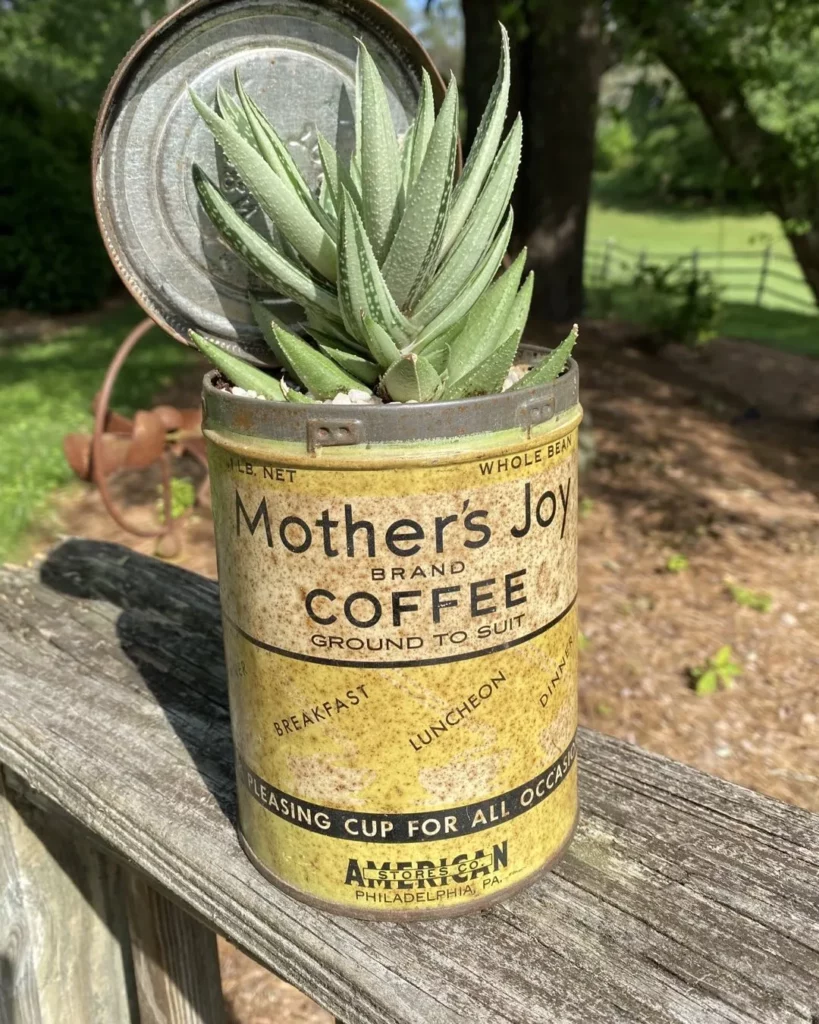

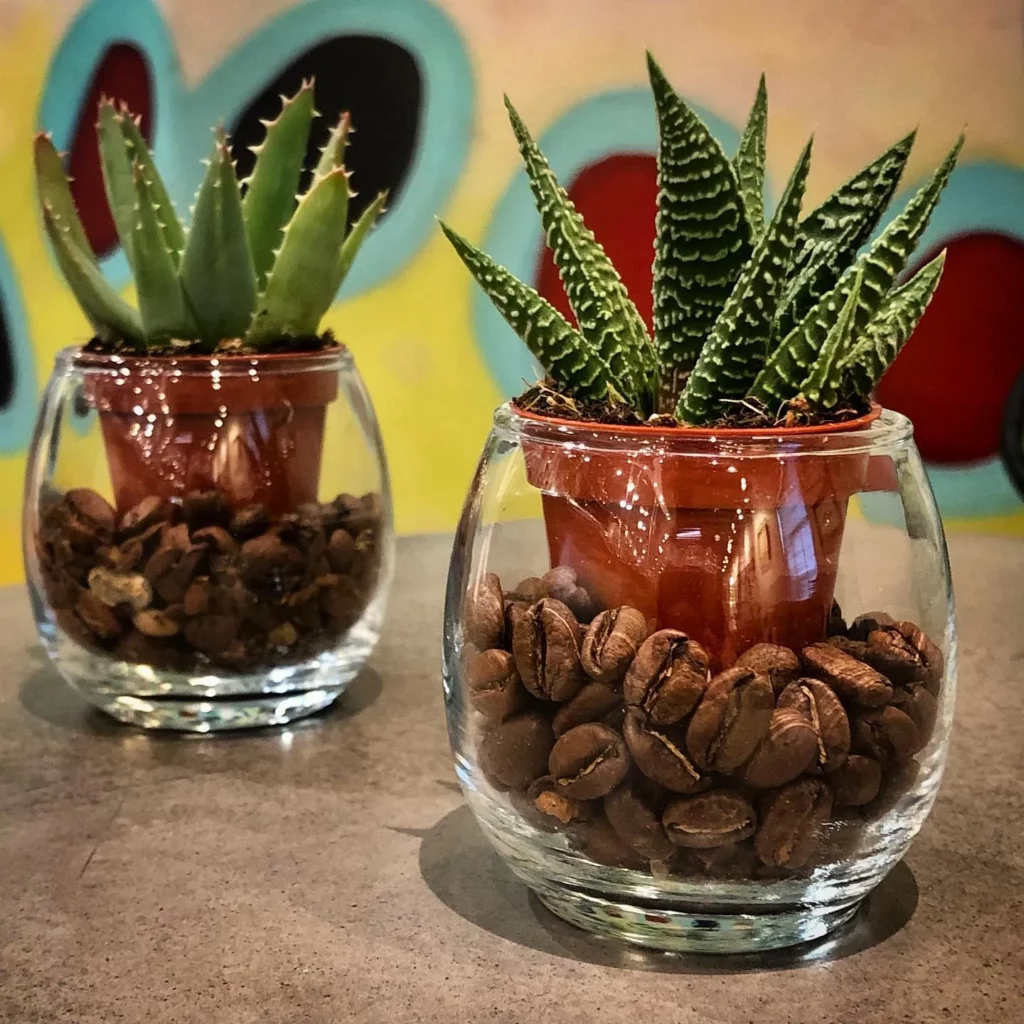
Proper potting is essential for the health and successful growth of shortleaf aloe. It is important to choose a well-draining soil that allows excess water to escape, preventing root rot. To achieve this, you can mix sand, perlite, or pebbles into the soil to improve drainage.
When potting shortleaf aloe, select a slightly larger pot to allow room for growth. Gently remove the plant from its current pot, being careful not to damage the roots. Fill the new pot with the well-draining soil mixture and create a small hole in the center. Place the plant in the hole, ensuring that it sits at the same depth as before.
After potting, it is important to give the plant time to adjust to its new environment. For the first few days, withhold water to allow the roots to settle and prevent any excess moisture from causing root rot. Once the plant is established in its new pot, you can resume regular watering using the “soak and dry” method mentioned in Section 4.
Key Points for Potting Shortleaf Aloe:
- Choose a well-draining soil mixture by adding sand, perlite, or pebbles.
- Use a slightly larger pot to allow room for growth.
- Be gentle when removing the plant from its current pot to avoid damaging the roots.
- Let the plant adjust to the new pot by withholding water for a few days.
- Resume regular watering using the “soak and dry” method.
Fertilizing Shortleaf Aloe

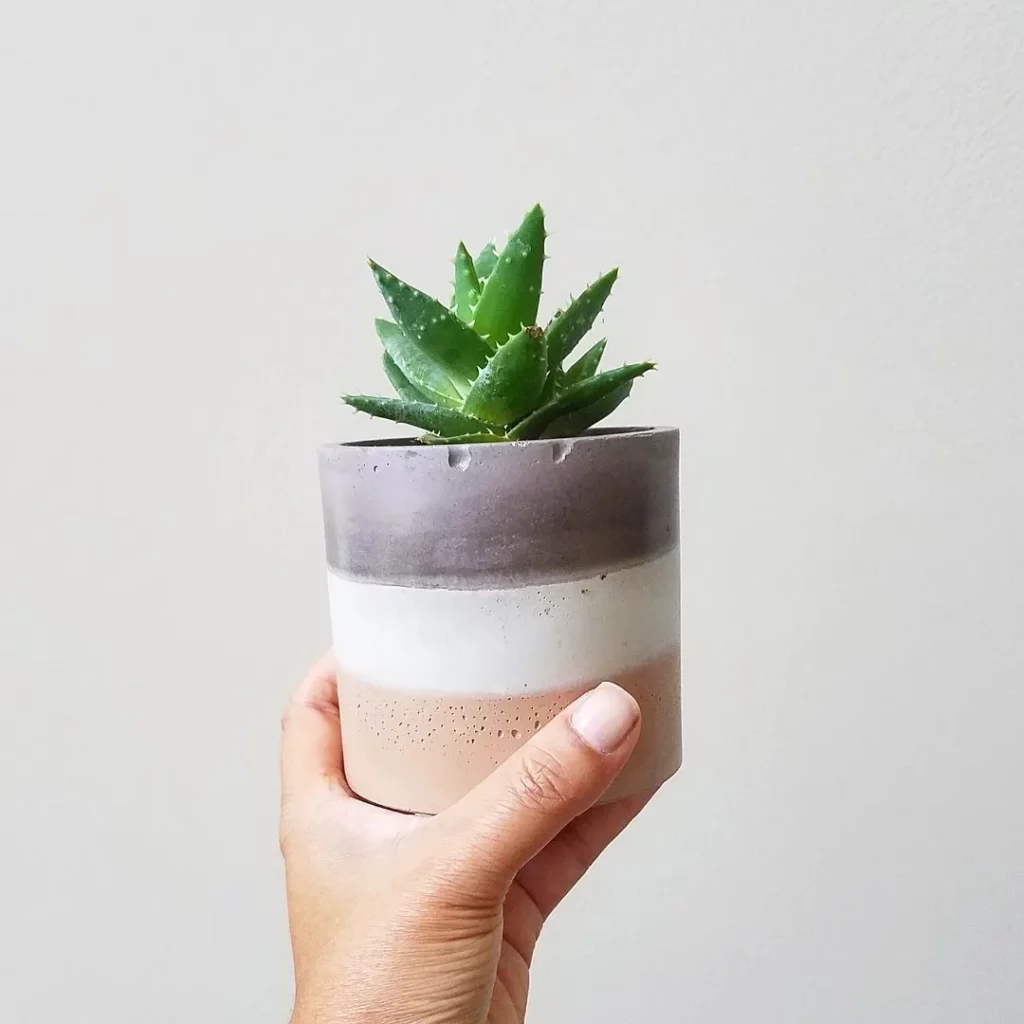
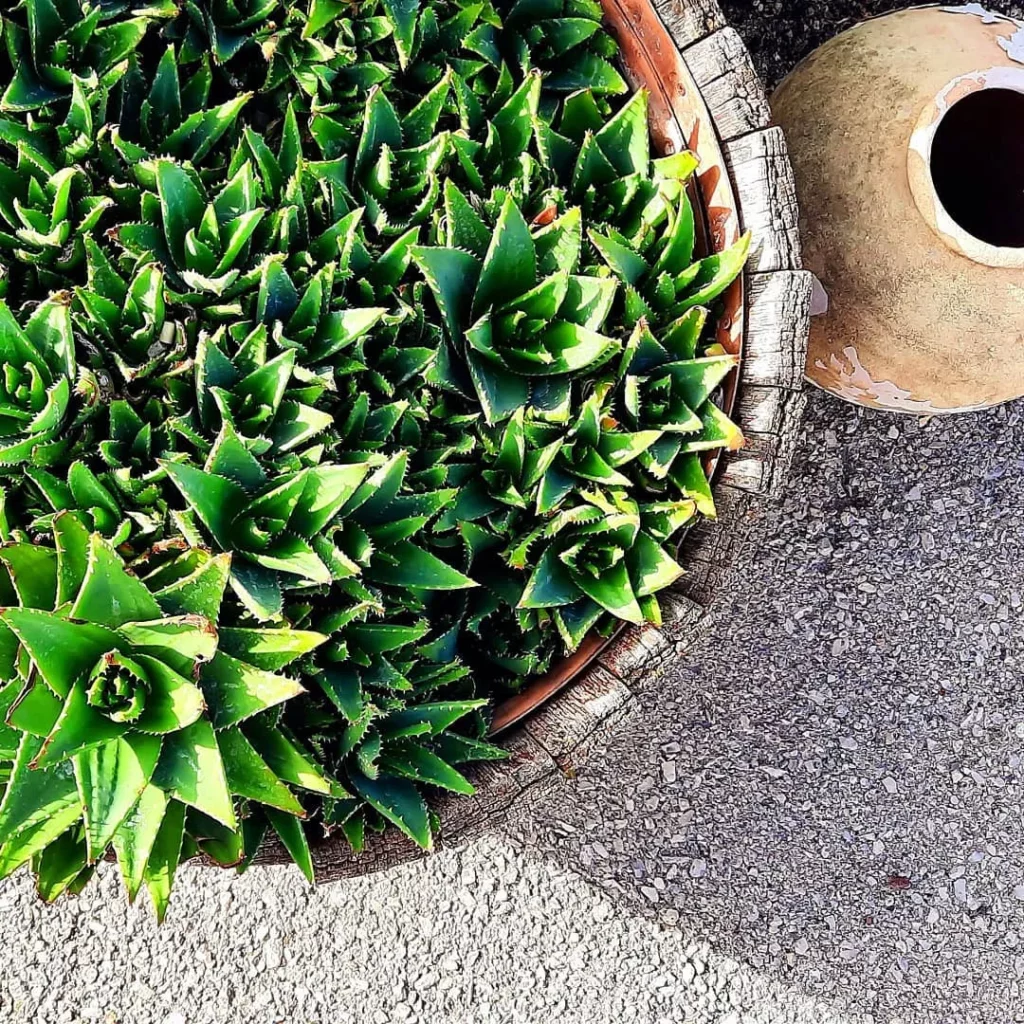
Fertilizing shortleaf aloe is an optional step in its care routine, but it can greatly benefit the plant’s growth and overall health. When it comes to fertilizing shortleaf aloe, using a balanced liquid fertilizer is recommended. This type of fertilizer provides the plant with essential nutrients in a well-rounded manner, promoting healthy foliage and vibrant blooms.
To fertilize your shortleaf aloe, simply dilute the liquid fertilizer according to the manufacturer’s instructions. Apply the fertilizer to the soil around the base of the plant, taking care not to let it come into direct contact with the leaves. A thorough watering after fertilizing will help the nutrients penetrate the soil and reach the plant’s roots.
Fertilizing Frequency
For best results, fertilize your shortleaf aloe 2-3 times during the spring and fall, when the plant is actively growing. It’s important to avoid fertilizing during the summer and winter, as the plant enters periods of dormancy. Overfertilizing can lead to negative effects such as root rot and foliage burn, so it’s crucial to use fertilizer sparingly and follow the recommended dosage.
- Apply a balanced liquid fertilizer during spring and fall.
- Follow the manufacturer’s instructions for dilution and application.
- Avoid fertilizing during summer and winter when the plant is dormant.
- Use fertilizer sparingly to prevent overfertilization and related issues.
Propagating Shortleaf Aloe
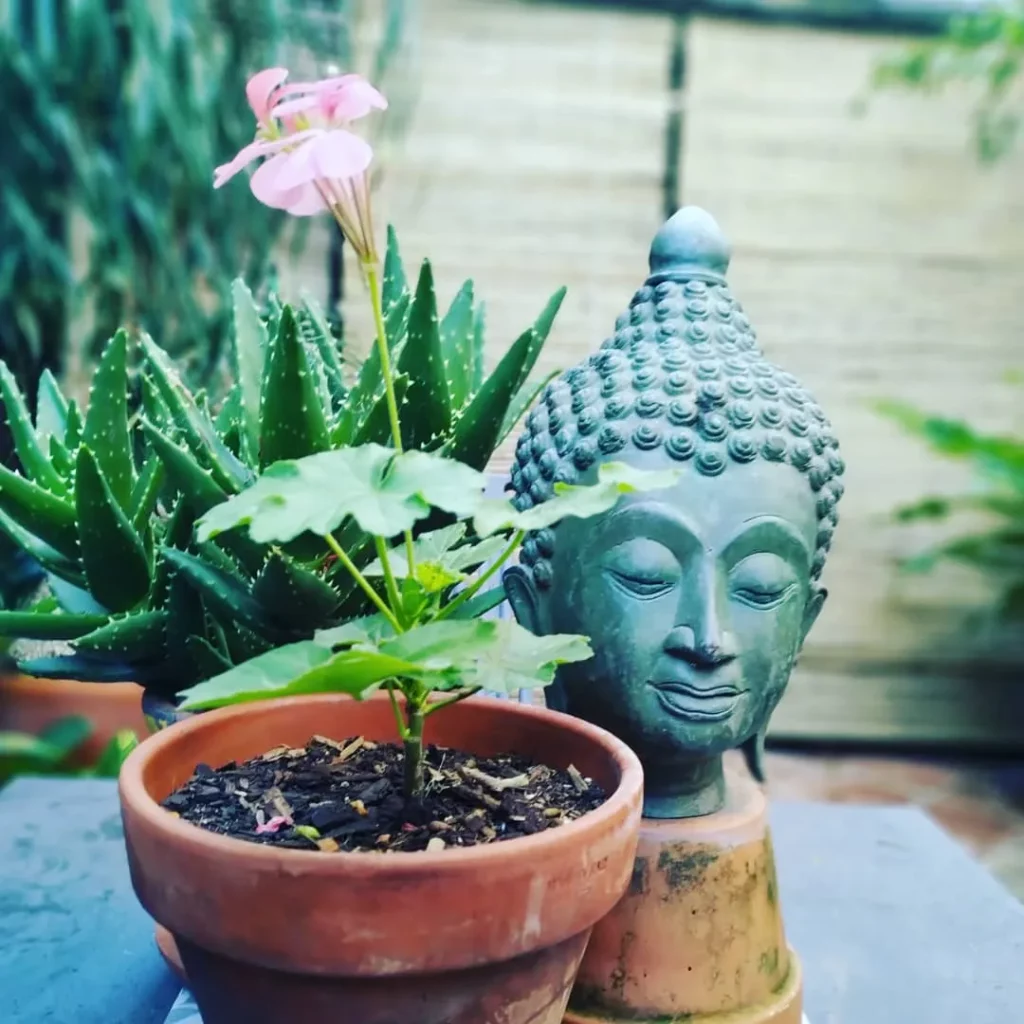

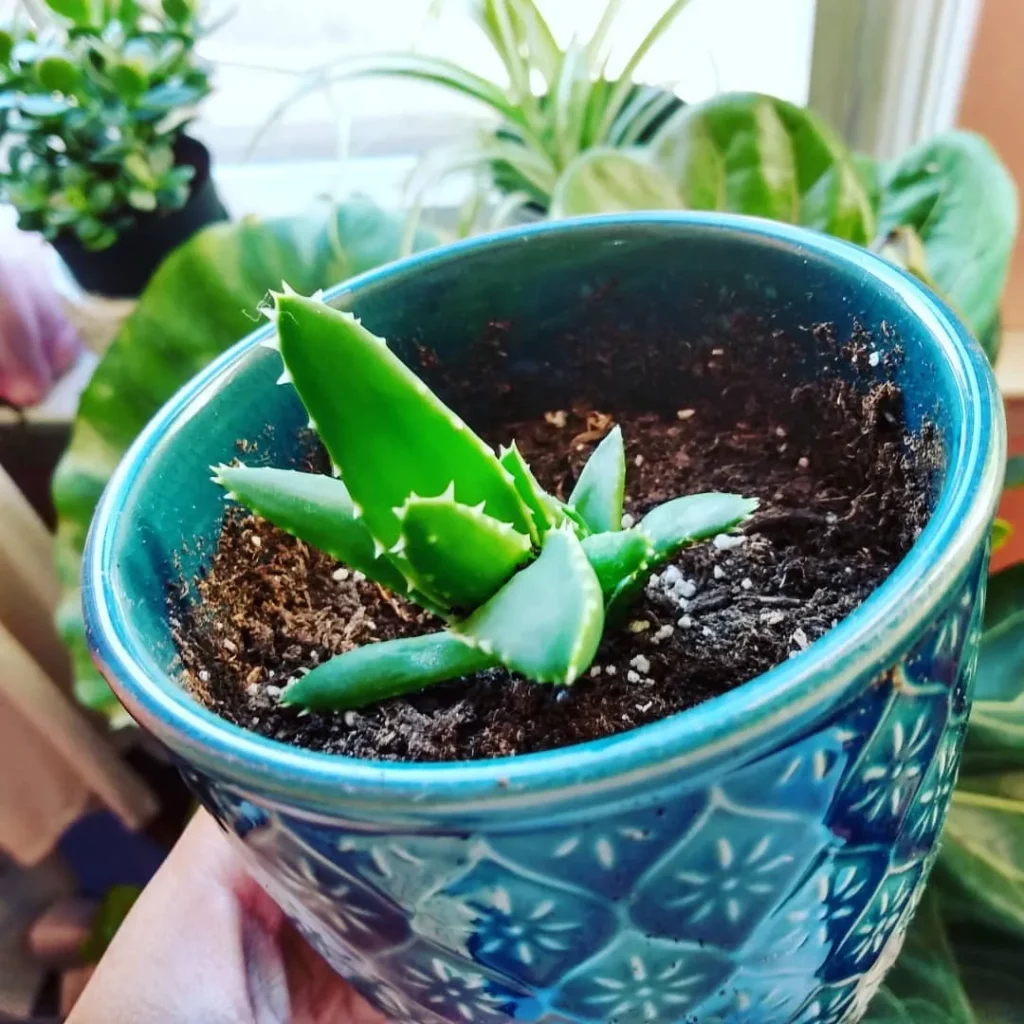
Propagating shortleaf aloe is a simple and rewarding process that allows you to expand your collection or share this beautiful plant with others. There are two main methods that can be used: offsets and division.
Offsets: Shortleaf aloe produces offsets, also known as suckers, which are small plants that grow from the base of the parent plant. To propagate using offsets, gently remove them from the main plant, ensuring that each offset has its own root system. Plant the offsets in well-draining soil, either in pots or directly in the garden, and water them sparingly until they establish themselves.
Division: Another way to propagate shortleaf aloe is through division. This method involves dividing the main plant into smaller sections and replanting them. Before dividing, make sure that the plant has several healthy rosettes. Carefully remove the plant from its pot or dig it out of the ground, then use a clean, sharp knife to separate the rosettes. Allow the wounds to dry and callus over for a day or two before planting the divisions in fresh soil.
Propagation Tips:
- Choose healthy, mature plants for the best success in propagation.
- Always use clean, sterilized tools to prevent the spread of disease.
- Allow the cuttings or divisions to dry out and callus before planting.
- Place the newly propagated plants in a location with bright, indirect light.
- Water the new plants sparingly to avoid root rot.
Growth and Development of Shortleaf Aloe
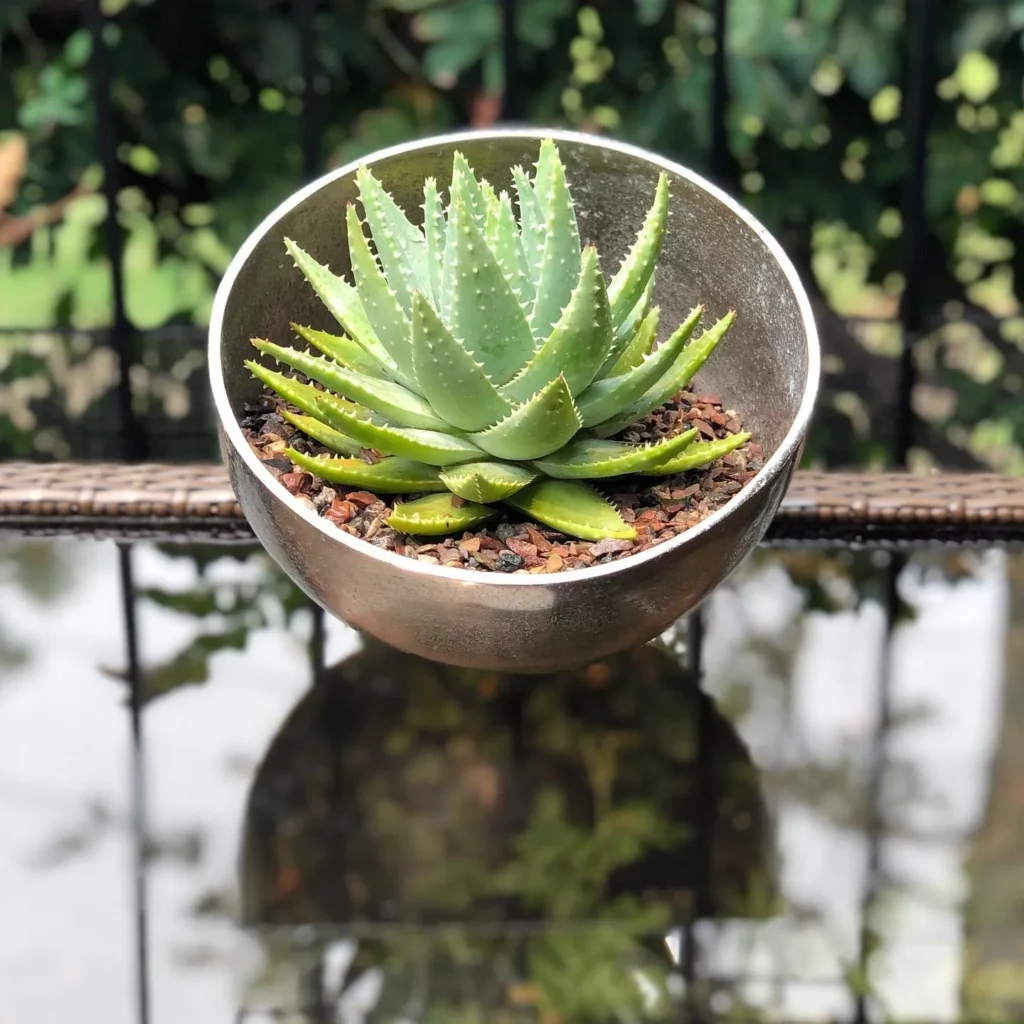
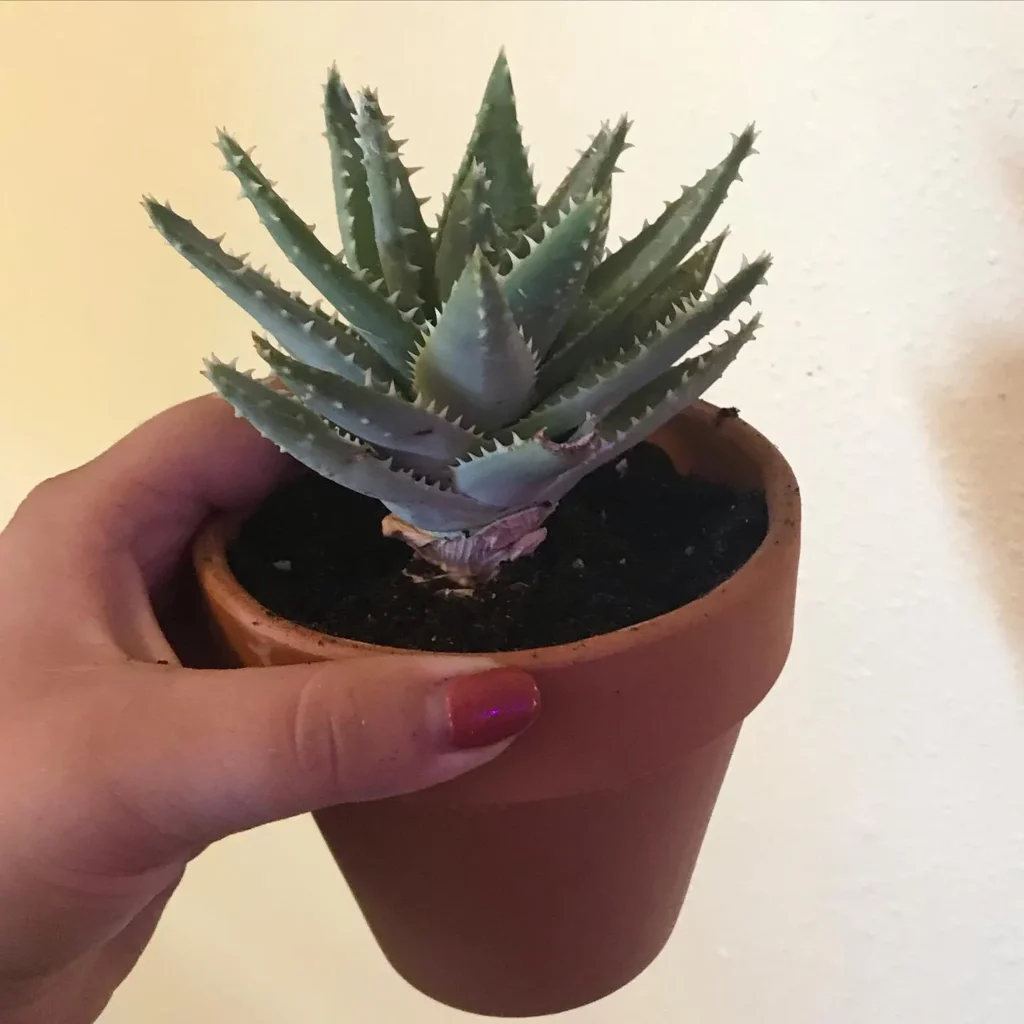
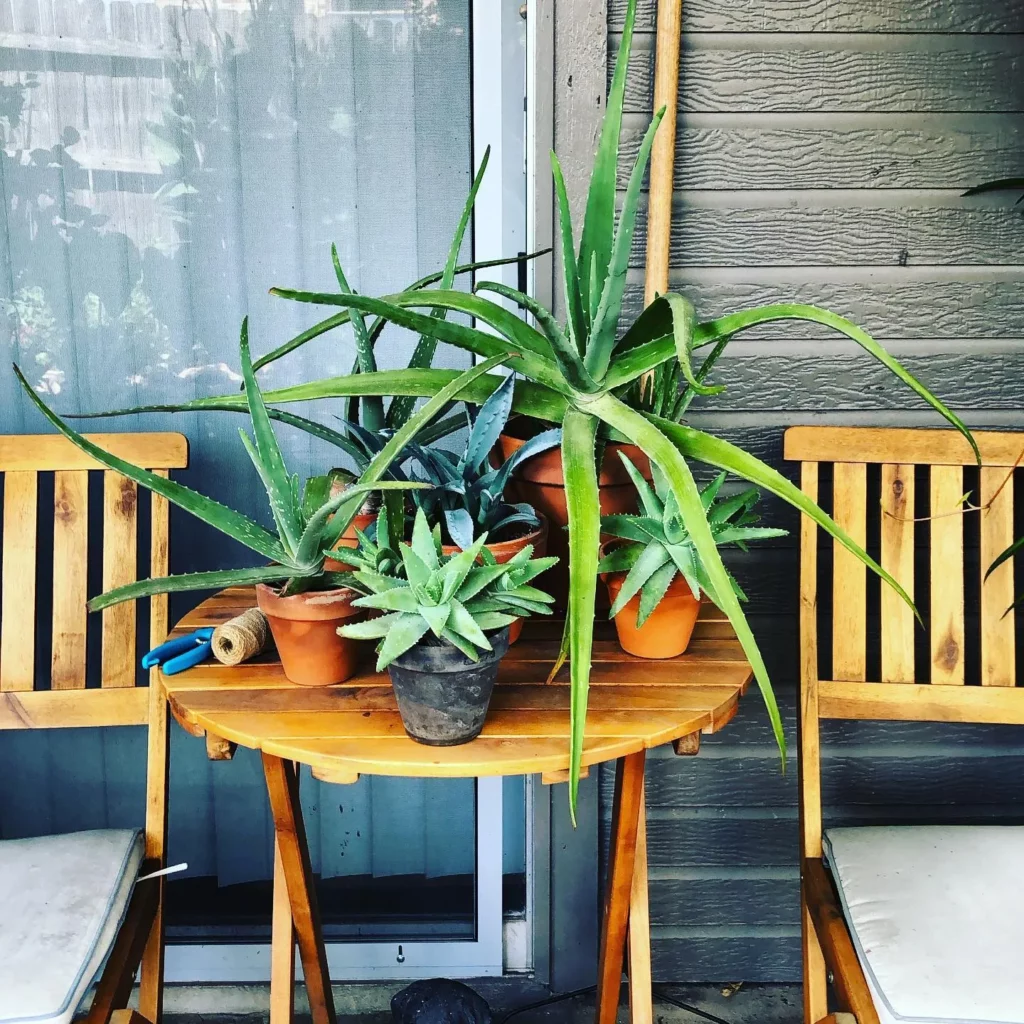
Shortleaf aloe, also known as crocodile plant, has a unique growth pattern that adds visual interest to any space. This succulent experiences growth spurts in the spring and fall, while its growth slows or stops during the summer and winter. As it matures, shortleaf aloe forms clumps of rosettes, which can eventually create large clusters of stunning foliage.
The plant typically reaches a height and spread of up to 12 inches, making it an ideal choice for small gardens or containers. The leaves of shortleaf aloe are known for their triangular shape and soft spikes along the edges, resembling the teeth of a crocodile. In the right conditions, the tips of the leaves may turn red, yellow, or orange, adding a pop of color to its appearance.
Few key points to remember for the growth and development of Shortleaf Aloe:
- Shortleaf aloe experiences growth spurts in the spring and fall, while its growth slows or stops during the summer and winter.
- The plant forms clumps of rosettes, eventually creating large clusters of foliage.
- The leaves have a triangular shape with soft spikes along the edges, which may develop vibrant colors in bright light.
- Shortleaf aloe typically reaches a height and spread of up to 12 inches, making it suitable for small gardens or containers.
- Proper care, including adequate sunlight, well-draining soil, and occasional fertilization, can promote healthy growth and development.
Pests and Diseases of Shortleaf Aloe
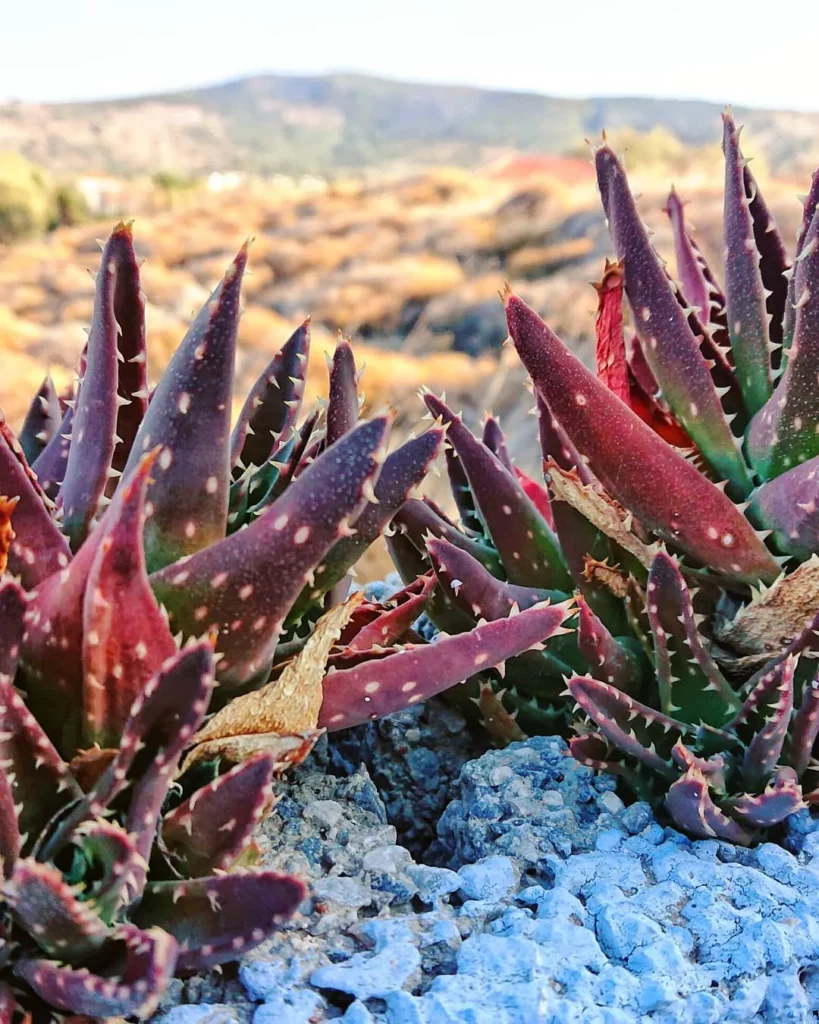
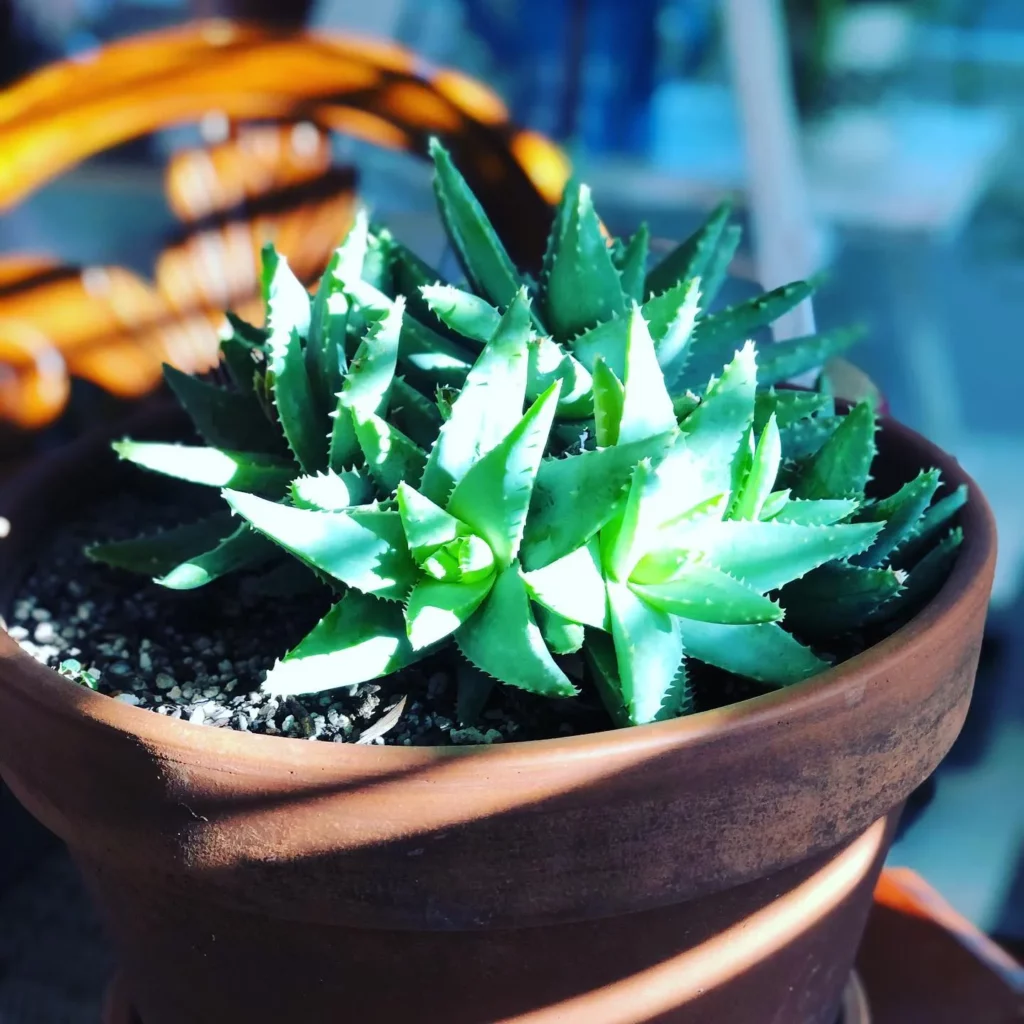
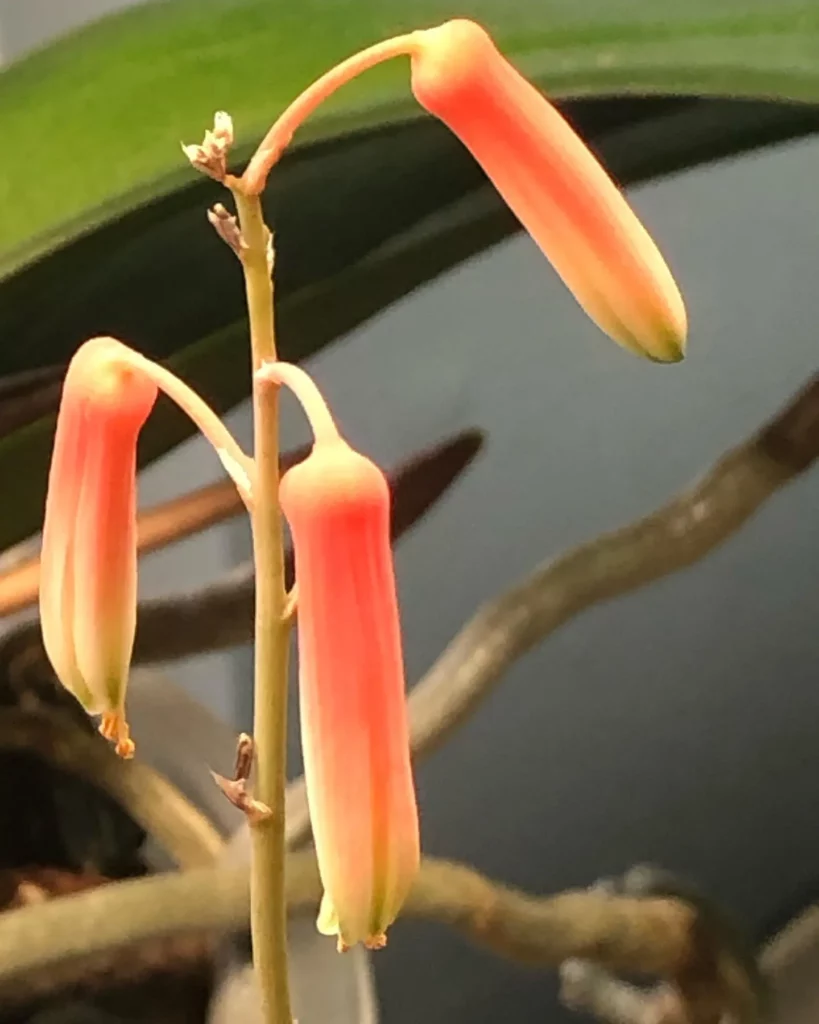
Shortleaf aloe is generally a resilient plant, but like any other plant, it can be susceptible to a few pests and diseases. Here are some common issues to watch out for:
1. Scale Insects:
Scale insects, such as mealybugs, can be a problem for shortleaf aloe. These small, sap-sucking insects can be found on the leaves or stems and can cause yellowing and wilting. To prevent infestations, ensure the plant remains dry, as scale insects thrive in moist conditions. If you notice any pests, physical removal or the application of horticultural or neem oil can help control the problem.
2. Root Rot:
Root rot can occur if the shortleaf aloe is consistently overwatered or planted in soil that doesn’t drain well. Excess moisture can promote the growth of harmful fungi, leading to root rot. To avoid this issue, make sure to water the plant correctly, allowing the soil to dry out between waterings. Using well-draining soil and pots with drainage holes can also help prevent root rot.
Varieties of Shortleaf Aloe
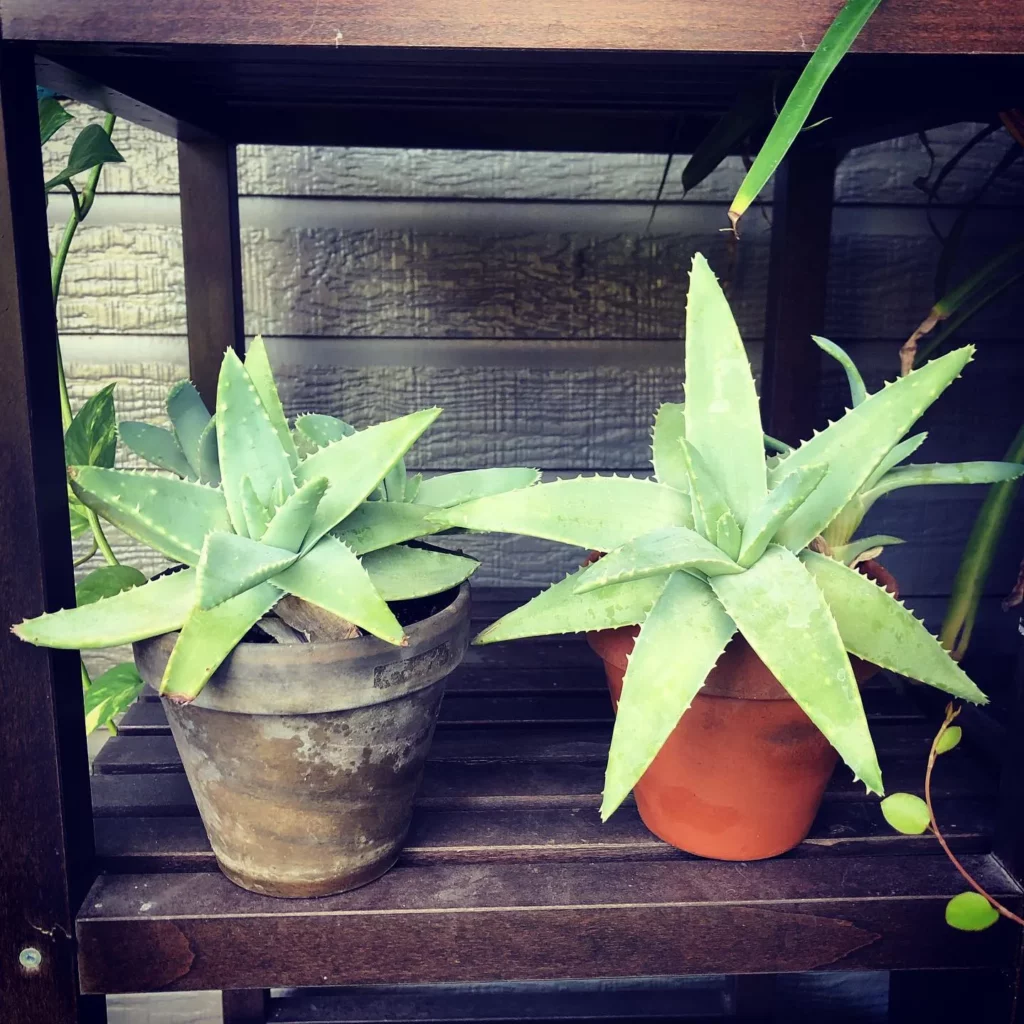
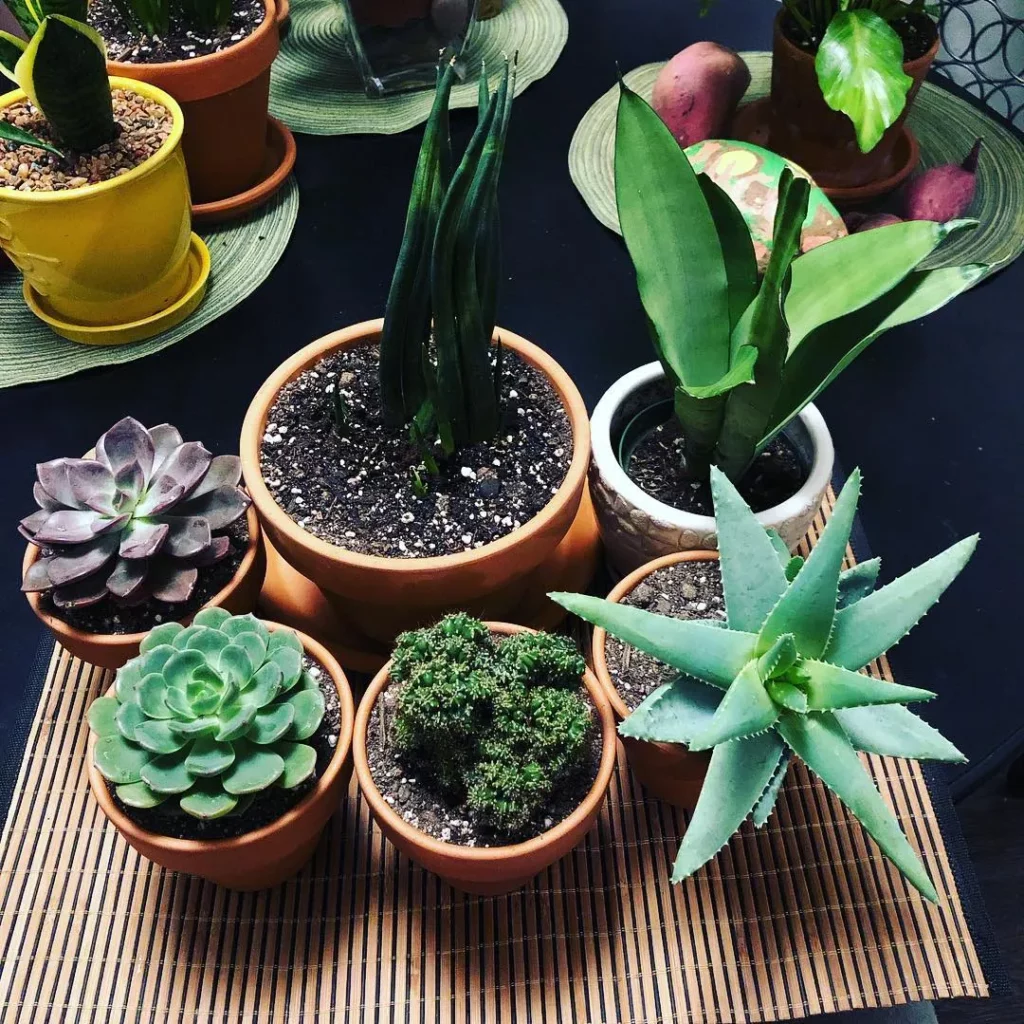
While Aloe brevifolia is the most common variety of shortleaf aloe, there are interesting subvarieties to look out for. One such variety is Aloe brevifolia f. Variegata, which features non-uniform yellow and white stripes on its leaves. This unique coloration adds a vibrant touch to any rock garden or succulent collection. Another variety to consider is Aloe brevifolia var. Depressa, which is the largest type of shortleaf aloe. It forms spreading rosettes that create a flower-like shape, making it a stunning focal point in any garden.
These varieties of shortleaf aloe offer a range of colors and forms that can add diversity and visual interest to your garden. Whether you prefer the striped pattern of Aloe brevifolia f. Variegata or the large, spreading rosettes of Aloe brevifolia var. Depressa, these varieties are sure to make a striking statement. Incorporating different shortleaf aloe varieties into your garden allows you to showcase the unique beauty of each plant and create a captivating display.
Benefits of Different Varieties:
- Aloe brevifolia f. Variegata: Adds vibrant colors with its non-uniform yellow and white stripes.
- Aloe brevifolia var. Depressa: Creates a flower-like shape with its spreading rosettes.
Tips for Growing Shortleaf Aloe Indoors
If you live in a colder climate or simply prefer to keep your plants indoors, you can still enjoy the beauty of shortleaf aloe. With a few key considerations, you can successfully grow this unique succulent inside your home. Here are some helpful tips for growing shortleaf aloe indoors:
1. Find the right spot
Shortleaf aloe thrives in bright sunlight, so choose a sunny spot near a south-facing window. If you don’t have access to sufficient natural light, you can supplement with a grow light to provide the plant with the necessary light intensity. Aim for 6-8 hours of sunlight exposure each day to keep your shortleaf aloe happy and healthy.
2. Maintain ideal temperature and humidity
Shortleaf aloe prefers temperatures between 70°F and 80°F (21°C – 27°C), similar to the conditions found in its natural habitat. Avoid placing your plant near drafts or heating vents, as sudden changes in temperature can stress the plant. In terms of humidity, shortleaf aloe can tolerate normal household humidity levels, but it’s important to maintain good air circulation to prevent fungal diseases.
3. Water sparingly and monitor soil moisture
When growing shortleaf aloe indoors, it’s crucial not to overwater. Allow the soil to dry out completely between waterings, as the plant is prone to root rot if kept consistently moist. Use the “soak and dry” method – give the plant a deep watering and then wait until the soil is dry before watering again. Remember to adjust your watering frequency based on the environmental conditions and the specific needs of your plant.
4. Provide adequate drainage and well-draining soil
Shortleaf aloe requires well-draining soil to prevent excessive moisture retention. Choose a pot with drainage holes and use a well-draining succulent or cactus soil mix. You can also add perlite or coarse sand to improve drainage. Avoid using regular potting soil, as it tends to hold too much moisture, which can lead to root rot.
Conclusion
After exploring the care guide for Shortleaf Aloe, I have learned how to cultivate and nurture this unique succulent. With its thick, triangular leaves and rosette formation, it adds a touch of beauty to any small space, whether it’s a container or a garden. By following the tips in this article, I can ensure the health and longevity of my Shortleaf Aloe.
I now understand the importance of providing the right amount of sunlight for my Shortleaf Aloe. Partial to full sun, with 6-8 hours of bright light every day, is essential for its growth. I will gradually acclimate the plant to new locations to prevent leaf discoloration and stretching.
Proper watering is crucial to the well-being of Shortleaf Aloe. I will adopt the “soak and dry” method, allowing the soil to completely dry out between waterings. This will prevent yellowing and mushiness, giving my plant the perfect balance of hydration.
When it comes to potting my Shortleaf Aloe, I now know the importance of well-draining soil. The addition of sand, perlite, or pebbles will ensure proper drainage, preventing waterlogging. When repotting, I will choose a slightly larger pot and allow the plant time to adjust to its new environment.
FAQ
Can shortleaf aloe be grown indoors?
Yes, shortleaf aloe can be grown indoors. Place the plant in a sunny, south-facing window and supplement with a grow light if needed. It is important to ensure the plant receives adequate sunlight for 6-8 hours a day. Indoor growth may require more attention to light and temperature conditions to mimic the plant’s natural environment.
How often should I water my shortleaf aloe?
Shortleaf aloe does not require frequent watering due to its water-storing leaves. The best watering method for this plant is the “soak and dry” method. Give the plant a deep drink and then allow the soil to dry out completely before watering again. It is important to avoid overwatering, as it can lead to yellowing and mushy leaves. During the winter and summer, the plant should be watered less to prevent rot.
How do I propagate shortleaf aloe?
Shortleaf aloe can be easily propagated through offsets or suckers, which are small plants that grow from the main plant. These offsets can be removed and replanted in a new location. Division is another propagation method, where a portion of the plant is cut free from the parent and replanted. Both methods should be done when the wounds have dried out and healed. Propagating every few years can help invigorate the plant’s growth.
What are the light requirements for shortleaf aloe?
Shortleaf aloe thrives in full to partial sun, preferring 6-8 hours of bright light every day. It can tolerate partial shade, but it grows best in direct sunlight. When moving the plant to a new location, it should be acclimated to the light gradually. Inadequate light can cause the leaves to turn yellow or become thin and stretched out.
How should I pot my shortleaf aloe?
Shortleaf aloe can be grown in pots or directly in succulent garden beds. It requires well-draining soil, which can be achieved by mixing sand, perlite, or pebbles into the soil. The soil should never be waterlogged, even after a deep watering. When repotting, choose a slightly larger pot and use fresh, dry soil. Allow the plant to adjust to the new pot and soil by withholding water for a few days.
What are the varieties of shortleaf aloe?
While Aloe brevifolia is the most common variety of shortleaf aloe, there are interesting subvarieties to look out for. Aloe brevifolia f. Variegata has non-uniform yellow and white stripes, adding color to a rock garden. Aloe brevifolia var. Depressa is the largest type, with spreading rosettes that create a flower-like shape. These varieties can add diversity to your garden and make it more visually appealing.
How do I fertilize my shortleaf aloe?
Fertilizing shortleaf aloe is optional but can benefit the plant’s growth. A balanced liquid fertilizer can be applied 2-3 times during the spring and fall, but should be avoided during the summer and winter when the plant is dormant. Overfertilizing can lead to fungal diseases and root rot, so it is important to use fertilizer sparingly.
What pests and diseases affect shortleaf aloe?
Shortleaf aloe is generally pest and disease-free, but it can be susceptible to scale insects, such as mealybugs. These pests can be prevented by keeping the plant dry and not over-fertilizing. If a pest infestation occurs, physical removal or the use of horticultural or neem oil can help control the problem. Root rot can occur if the plant is constantly moist, so it is important to water correctly and choose well-draining soil.
How does shortleaf aloe grow and develop?
Shortleaf aloe has growth spurts in the spring and fall, while its growth slows or stops during the summer and winter. It forms clumps of rosettes, which can eventually create large clusters. The plant can reach a height and spread of up to 12 inches. In the right conditions, the tips of the leaves may turn red, yellow, or orange in response to bright light.
What is the ideal climate for shortleaf aloe?
Shortleaf aloe, also known as crocodile plant, is best grown in zones 9-11. It is ideal for rock gardens and xeriscaping. It attracts birds, bees, and butterflies with its tall, red-orange flowers in late spring.

